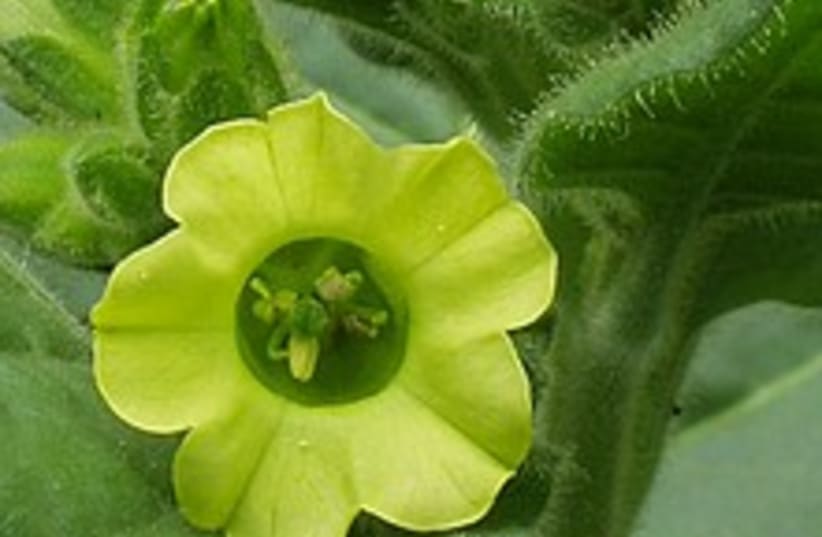HUMAN EMBRYONIC STEM CELLS MOVE FORWARD
Yet another Kaye Innovation Award winner is Prof. Nissim Benvenisty of HU’s Silberman Institute of Life Sciences. He and his team were the first in the world to demonstrate in-vitro differentiation of human embryonic stem cells (hESCs) and achieve the first directed differentiation and genetic manipulation of these cells. This work led to a patent on the directed differentiation of human embryonic stem cells, and is now at the center of industrial use of this research, which is aimed primarily at developing a stem cell-based approach to confront type 1 diabetes.The main goal is to direct hESCs to differentiate into insulin-secreting pancreatic beta cells for transplantation into type 1 diabetes patients. This type, in which patients’ lives are dependent on the frequent injection of insulin, is an autoimmune disease caused by destruction and loss of function of beta cells in the pancreas. As a result, insulin is not produced, and blood glucose levels are not regulated. The disease can cause many complications, including heart disease, blindness, kidney disease and nerve damage.Although insulin therapy has dramatically reduced mortality from diabetes, patients often succumb to the long-term complications. Transplantation of functional pancreatic cells represents one of the most promising approaches toward curing diabetes. However, this approach is now limited by a shortage of tissues, but hESCs could eventually offer an unlimited source of beta cells for transplantation once an effective differentiation protocol is developed. A pluripotent (developmentally undefined) cell that may differentiatein culture to all cell types is the “holy grail” of the study ofcellular differentiation and cell-based therapy. HESCs may give rise tomany cell types, such as nerve, muscle, liver, heart and blood, so theypromise to change the face of transplantation medicine. These cells mayeventually be used to treat a large number of diseases, includingParkinson’s, diabetes, liver cirrhosis, heart failure and others. Overthe years, Benvenisty’s lab has made significant discoveries in thefield, showing for the first time in-vitro differentiation of hESCs andgeneration of embryoid bodies – aggregates of cells derived fromembryonic stem cells. They also have been able to inducedifferentiation of such cells by placing them next to developing chicktissue.Benvenisty cautions that the hESC might be rejected by the body aftertransplantation; his analysis of hESC immunogenicity has shown thatalthough undifferentiated ones express extremely low levels ofimmunogenic (rejecting) molecules, that may increase when theydifferentiate. Thus, hESCs will probably be a target for cellrejection, and ways to overcome this issue should be further explored,he says.During the past decade, the research coming out of Benvenisty’s lab hasbeen published in over 50 papers, with many of the articles on hESCsappearing as scientific journal cover stories. SCT-Stem CellTechnologies Ltd. was founded in 2004 to capitalize on this experiencein research by HU and Haifa’s Technion-Israel Institute of Technology.
Health Scan: Collagen from tobacco shows great promise
Hebrew University professior has produced a replica of human collagen from tobacco plants – an achievement with great commercial implications.
